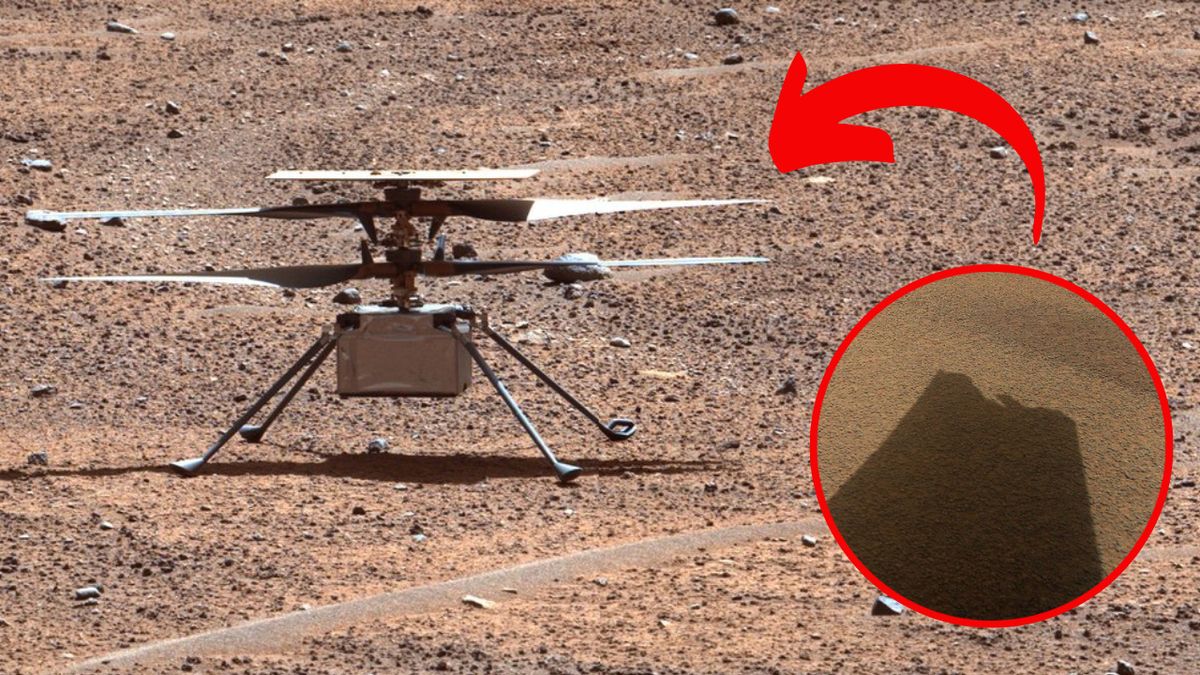With NASA’s pioneering Mars helicopter Ingenuity grounded forever after a hard landing, the time has come to mourn the first flying machine every to soar on another world and you can watch it live online today (Jan. 31).
NASA will hold a free livestream at 1 p.m. EST (1800 GMT) today to honor the achievements and legacy of Ingenuity, which ended its mission last week after suffering rotor damage during its 72nd flight on Jan. 18. The livestream will be webcast live on NASA’s YouTube channel and you can watch it live on Space.com as well.
“Join Tiffany Morgan, NASA’s Mars Exploration Program Deputy Director, and Teddy Tzanetos, Ingenuity Project Manager, as they discuss these historic flights and what they could mean for future extraterrestrial aerial exploration,” NASA wrote in an event description. You can ask questions in the NASA YouTube page chat, the agency added.
Related: Mars helicopter Ingenuity pilot says ‘bland’ terrain doomed NASA chopper
NASA’s small Ingenuity helicopter landed on Mars aboard the Perseverance rover in 2021 and made its first flight in April of that year. The helicopter, which weighs just 4 pounds (1.8 kilograms), was built by engineers at NASA’s Jet Propulsion Laboratory in California and has a set of rotors stacked top of each other. It is powered by a small solar panel.
Ingenuity was originally expected to fly just five times during a single month. But the helicopter performed so well that its mission was extended, leading to 72 flights, with the chopper taking on an aerial scout role to support the Perseverance rover. In all, Ingenuity flew for 129 minutes on Mars, covering about 11 miles (17.7 kilometers).
“That remarkable helicopter flew higher and farther than we ever imagined and helped NASA do what we do best — make the impossible, possible,” NASA Administrator Bill Nelson said in a statement. “Through missions like Ingenuity, NASA is paving the way for future flight in our solar system and smarter, safer human exploration to Mars and beyond.”
Currently, Ingenuity is sitting on the surface of Mars but is not dead. The helicopter has power, with its handlers monitoring it for engineering studies, but its damaged rotors mean it will never fly again. Eventually, Perseverance will move out of range, leaving the helicopter on its own, and out of contact. But that isn’t the end for flying machines on Mars or other worlds.
NASA currently hopes to send two small helicopters to the Red Planet on a future Mars sample return mission. The space agency is also building Dragonfly, a large nuclear-powered helicopter that will explore the cloud-covered moon Titan at Saturn. Dragonfly is expected to launch in July 2028.

Dr. Thomas Hughes is a UK-based scientist and science communicator who makes complex topics accessible to readers. His articles explore breakthroughs in various scientific disciplines, from space exploration to cutting-edge research.








